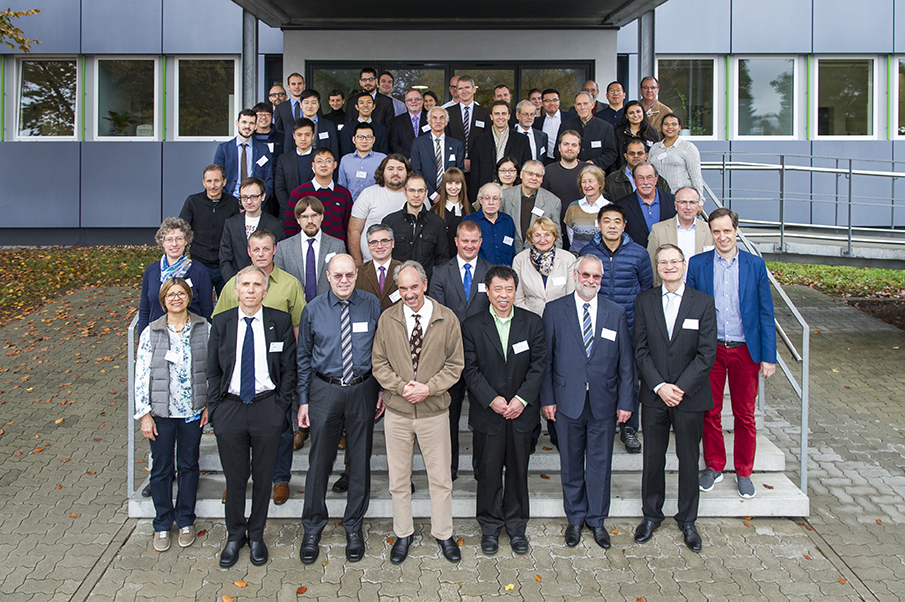24th QUENCH Workshop 2018

An important accident management measure for controlling severe accident transients in light water reactors (LWRs) is the injection of water to cool the degrading core. Flooding of the overheated core, which causes quenching of the fuel rods, is considered a worst-case scenario regarding hydrogen generation rates which should not exceed safety-relevant critical values. Before the water succeeds in cooling the uncovered core, there can be an enhanced oxidation of the Zircaloy cladding that in turn causes a sharp increase in temperature, hydrogen production, and fission product release. The investigation of the complex physico-chemical processes during quenching and the mutual interaction of materials used in nuclear fuel elements are the main objectives of the QUENCH program at KIT.
In most of the code systems describing severe fuel damage the quench phenomena are modeled in a simplified empirical manner; the hydrogen source term during quenching is mostly underpredicted. Furthermore, the models for oxidation and degradation of zirconium alloys in atmospheres containing nitrogen, like during air ingress, are not yet satisfying. The QUENCH program on reflood of an overheated core and corresponding topics is running at KIT, including large-scale bundle tests, various kinds of separate-effects tests, model development and code application.
During the QUENCH Workshop recent experimental and modeling results on reflood, high-temperature materials oxidation and interactions as well as related problems were presented and discussed. Results of the last QUENCH bundle experiments were given. One session dealt with modeling and code applications to integral QUENCH tests.
Generally, contributions on materials interactions during LOCA and the early phase of severe accidents in nuclear reactors including spent fuel pools as well on the coolability of the core will be welcome.
The 24th International QUENCH Workshop was organized in cooperation with the International Atomic Energy Agency (IAEA).

